Sanding the sheen off polyurethane?
family_man
12 years ago
Featured Answer
Comments (10)
RRM1
12 years agofamily_man
12 years agoRelated Professionals
Folsom Carpenters · Fort Myers Carpenters · American Canyon Flooring Contractors · Covington Flooring Contractors · Dracut Flooring Contractors · Green Bay Flooring Contractors · Greenville Flooring Contractors · Gretna Flooring Contractors · Jamaica Plain Flooring Contractors · Land O' Lakes Flooring Contractors · Madison Flooring Contractors · Owatonna Flooring Contractors · Beaufort Furniture & Accessories · Charleston Furniture & Accessories · Lake Arrowhead Furniture & Accessoriessombreuil_mongrel
12 years agoRRM1
12 years agofamily_man
12 years agoRRM1
12 years agofamily_man
12 years agoRRM1
12 years agobobismyuncle
12 years ago
Related Stories
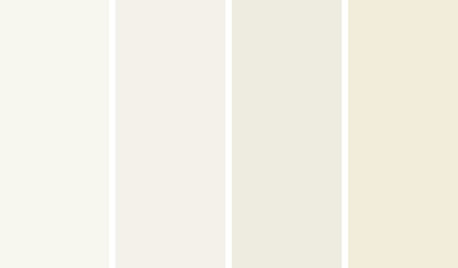
COLORColor of the Year: Off-White Is On Trend for 2016
See why four paint brands have chosen a shade of white as their hot hue for the new year
Full Story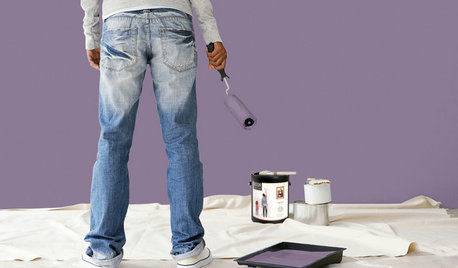
PAINTINGBulletproof Decorating: How to Pick the Right Kind of Paint
Choose a paint with some heft and a little sheen for walls and ceilings with long-lasting good looks. Here are some getting-started tips
Full Story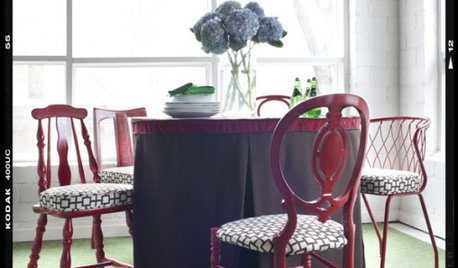
DECORATING GUIDESDIY Project: Sit Pretty with Mismatched Chairs
Create a one-of-a-kind dining set from a collection of cast-offs
Full Story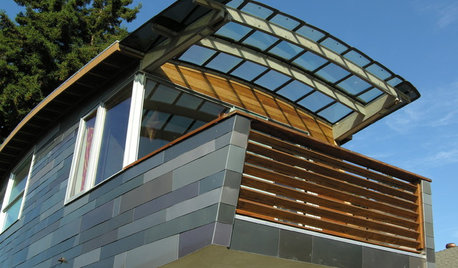
HOME INNOVATIONSHouzz Tour: Meet a Home Made With Minivan Parts
Sawn-off car roofs for the siding, windows popped out of van doors ... this California home is as resourceful as it is beautiful
Full Story
HOUZZ TOURSMy Houzz: Resourcefulness Works for a Midcentury Remodel
Reclaimed wood floors, thrifty finds and plenty of patience pay off for a budget-minded family in Dallas
Full Story
DOORSDesign 2011: Black Casework, Doors and Cabinetry
All-Black Doors, Trim and Cabinets Will Add to the Year's Chic Appeal
Full Story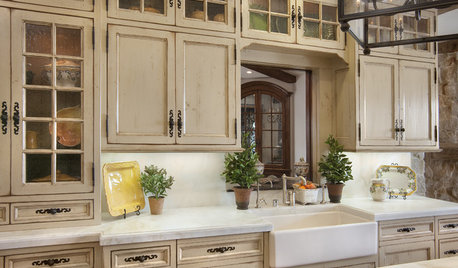
KITCHEN DESIGNStress Less With Distressed Cabinets
Stop worrying over every little nick and chip. Intentionally aged cabinets give the kitchen or laundry room a relaxed, timeworn look
Full Story
GREAT HOME PROJECTSWhat to Know Before Refinishing Your Floors
Learn costs and other important details about renewing a hardwood floor — and the one mistake you should avoid
Full Story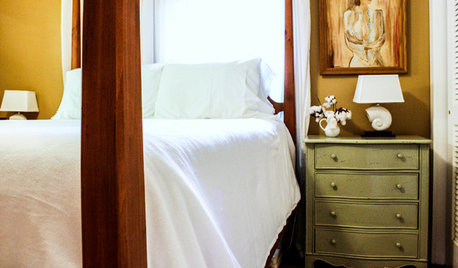
SMALL HOMESMy Houzz: Heirlooms and Family Art Fill a 1920s Bungalow
Personal touches trump a huge design budget for a Florida couple with a taste for Americana
Full Story
FLOORS5 Benefits to Concrete Floors for Everyday Living
Get low-maintenance home flooring that creates high impact and works with home styles from traditional to modern
Full Story









brickeyee